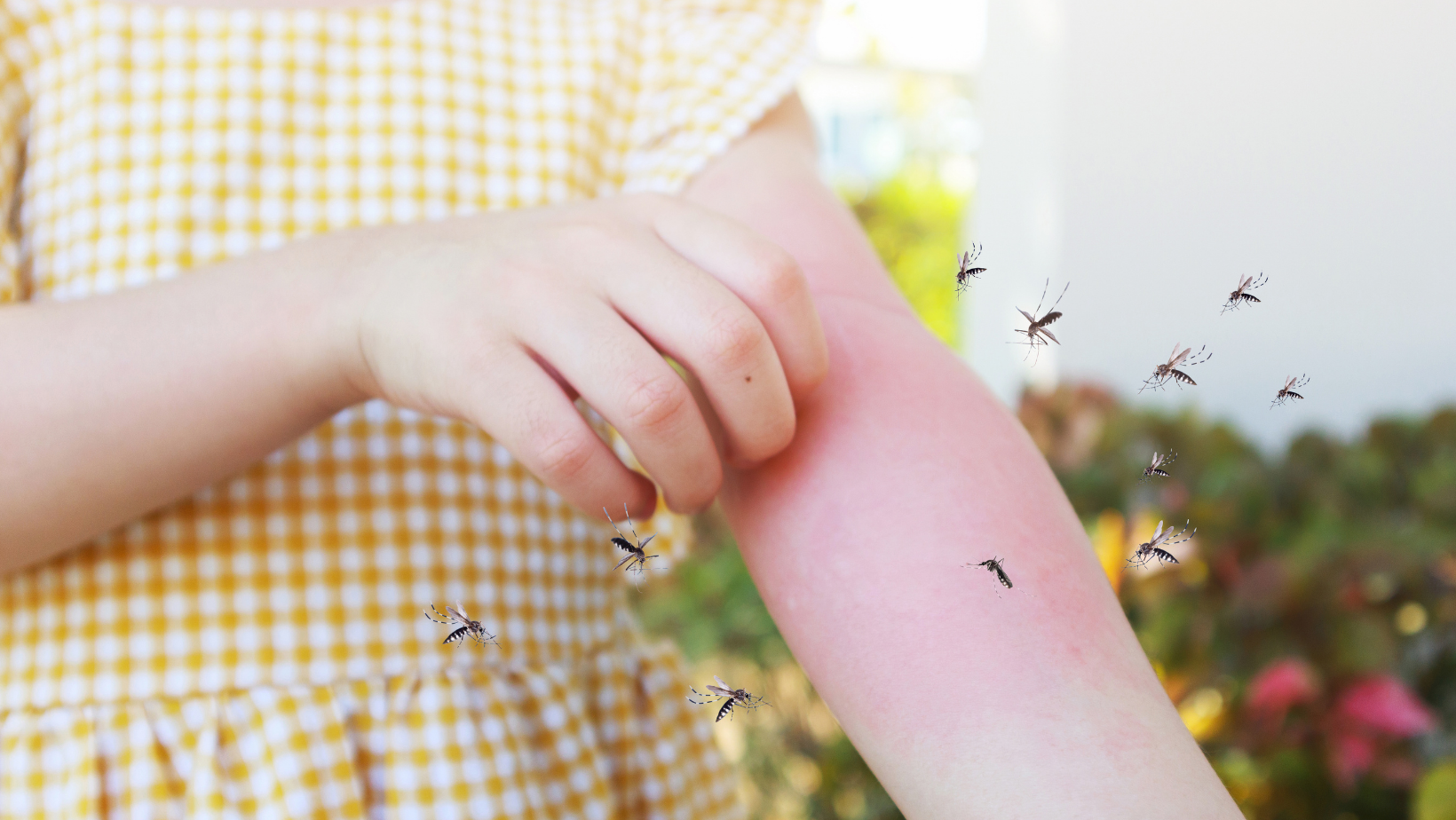Category
Bug bites are a common annoyance during warm seasons or outdoor activities,

Have any questions?
If you have any questions, feel free to contact us at [email protected]. A member of our support team will help you shortly.
Share this blog
Fatigue
Energy
Stress
Sleep
Bug bites are a common annoyance during warm seasons or outdoor activities, often resulting in itching, redness, and swelling. Understanding the types of insects responsible for bites, recognizing the symptoms, and discovering effective relief methods are crucial for minimizing discomfort and preventing potential complications.
Small, itchy, raised bumps characterize mosquito bites. Female mosquitoes feed on blood, leaving behind saliva that triggers an immune response, leading to the typical red and itchy reaction.
Ticks attach themselves to the skin, feeding on blood. Tick bites can transmit diseases, and it's important to promptly and safely remove ticks using tweezers to reduce the risk of infection.
Flea bites often appear as clusters of small, red bumps and can cause intense itching. Fleas are commonly found on pets, and their bites can also occur on humans.
Bedbug bites typically form in a line or cluster on exposed skin areas. While bedbug bites are not known to transmit diseases, they can cause itching and discomfort.
Chigger bites result in intensely itchy, red welts. Chiggers are tiny mites found in tall grass and vegetation, and their bites can occur in areas where clothing is snug.
Spider bites vary in appearance and severity. While most spider bites cause mild reactions, bites from certain species, such as the brown recluse or black widow, may lead to more severe symptoms.
Characterized by small, itchy, red bumps, often appearing in clusters. Scratching can lead to further irritation and potential infection.
Ticks can attach anywhere on the body, and their bites may go unnoticed. Look for a small, red bump with a darker center where the tick was attached.
Flea bites are often small, red, and intensely itchy. They may appear in groups or clusters, particularly around ankles and lower legs.
Bedbug bites can resemble mosquito bites but often occur in a linear or clustered pattern. They are most common on exposed skin.
Chigger bites result in intensely itchy, red welts. They often appear in areas where clothing is tight or skin thinner.
Spider bites can vary in appearance. While most cause mild symptoms, bites from certain spiders may lead to more severe reactions, including pain and swelling.
Wash the affected area with mild soap and water to reduce the risk of infection. Avoid scratching to prevent further irritation.
A cold compress or ice pack can help reduce swelling and alleviate itching. Ensure the compress is wrapped in a cloth to prevent direct contact with the skin.
Topical creams containing hydrocortisone or calamine lotion can relieve itching and inflammation. Antihistamines taken orally may also help reduce symptoms.
Although tempting, scratching bug bites can lead to increased itching, potential infection, and scarring. Use gentle patting or tapping to alleviate itching.
Aloe vera gel, tea tree oil, or chamomile can be soothing to bug bites. Apply these natural remedies in moderation to the affected area.
If symptoms persist or worsen, or if there is concern about a potential allergic reaction, it's essential to seek medical attention promptly. Some bites may require professional evaluation and treatment.
Bug bites are inevitable in outdoor activities, but recognizing the culprits and understanding effective relief methods can significantly improve the experience. Prevention, such as using insect repellent and wearing protective clothing, is crucial in minimizing the risk of bug bites. If bitten, prompt and appropriate care can alleviate symptoms and prevent complications, ensuring a more comfortable and enjoyable time outdoors.